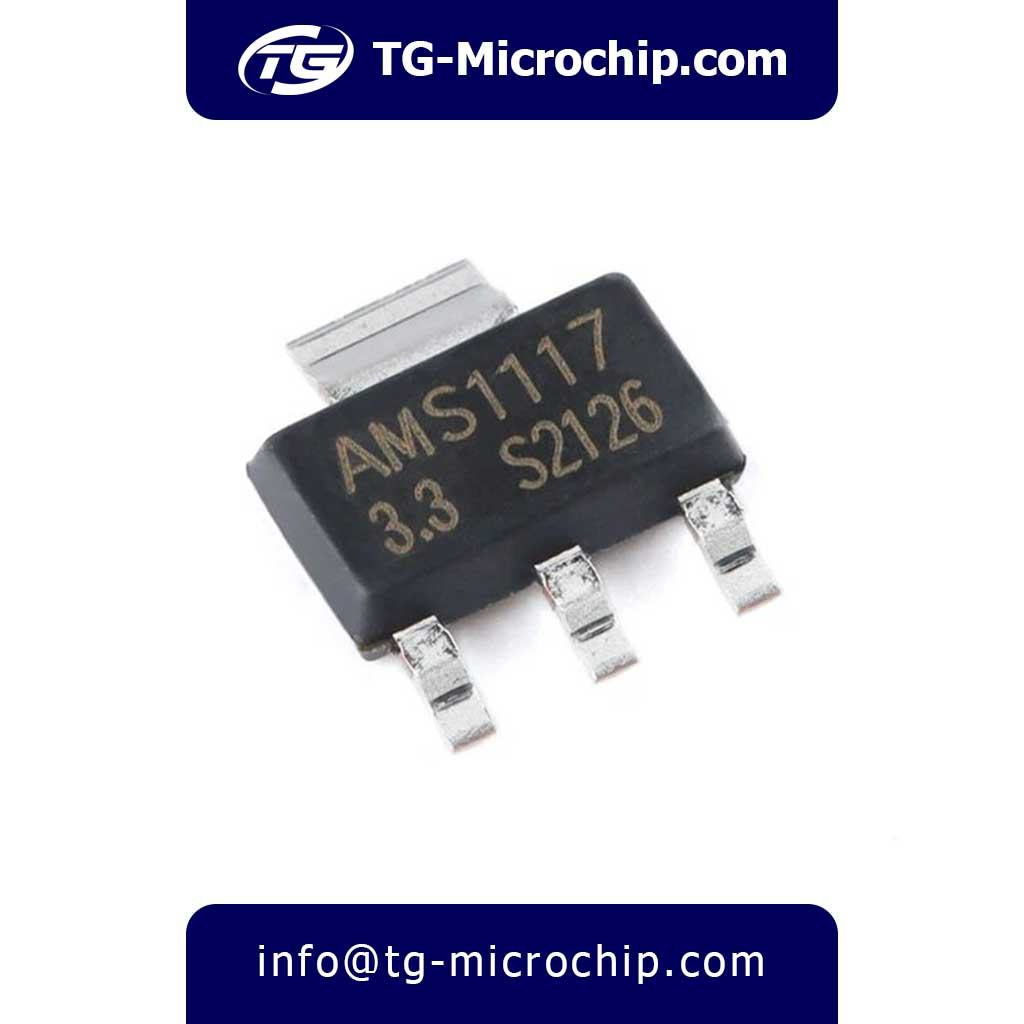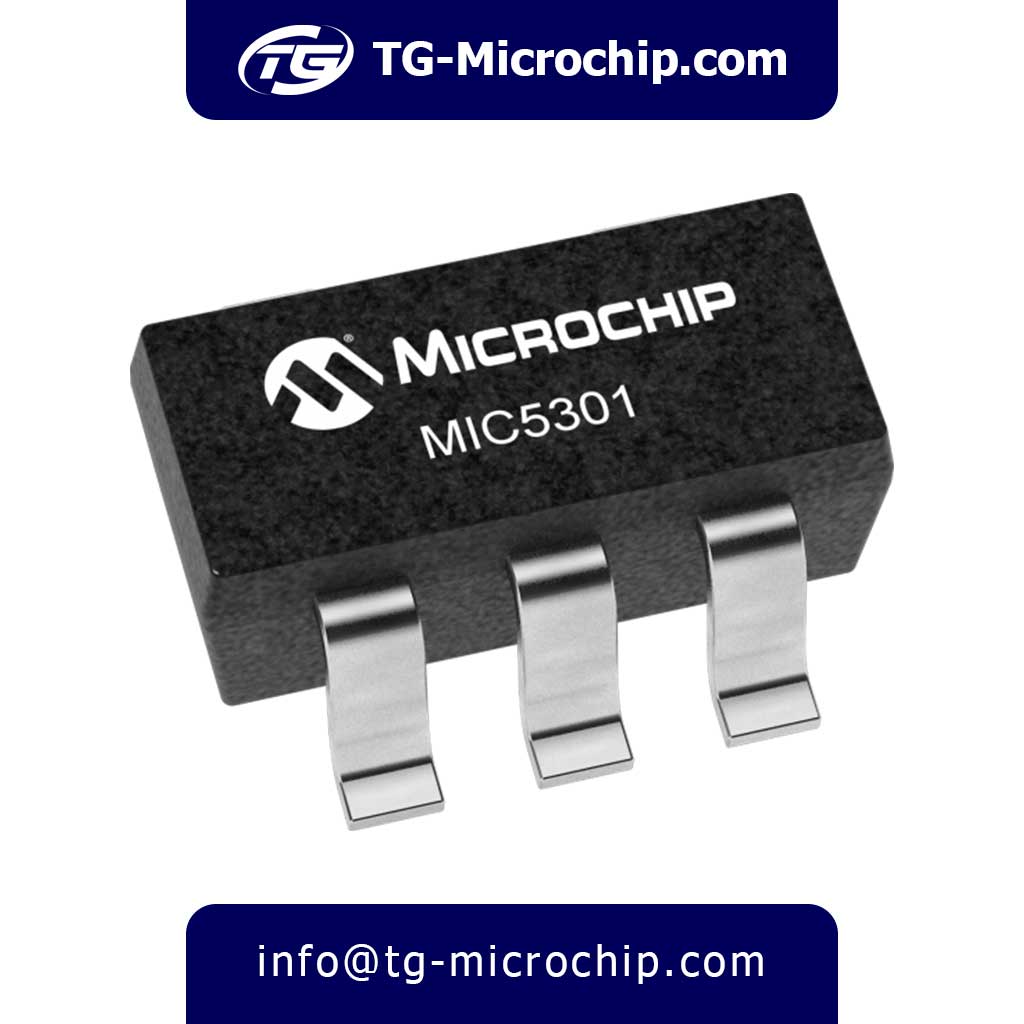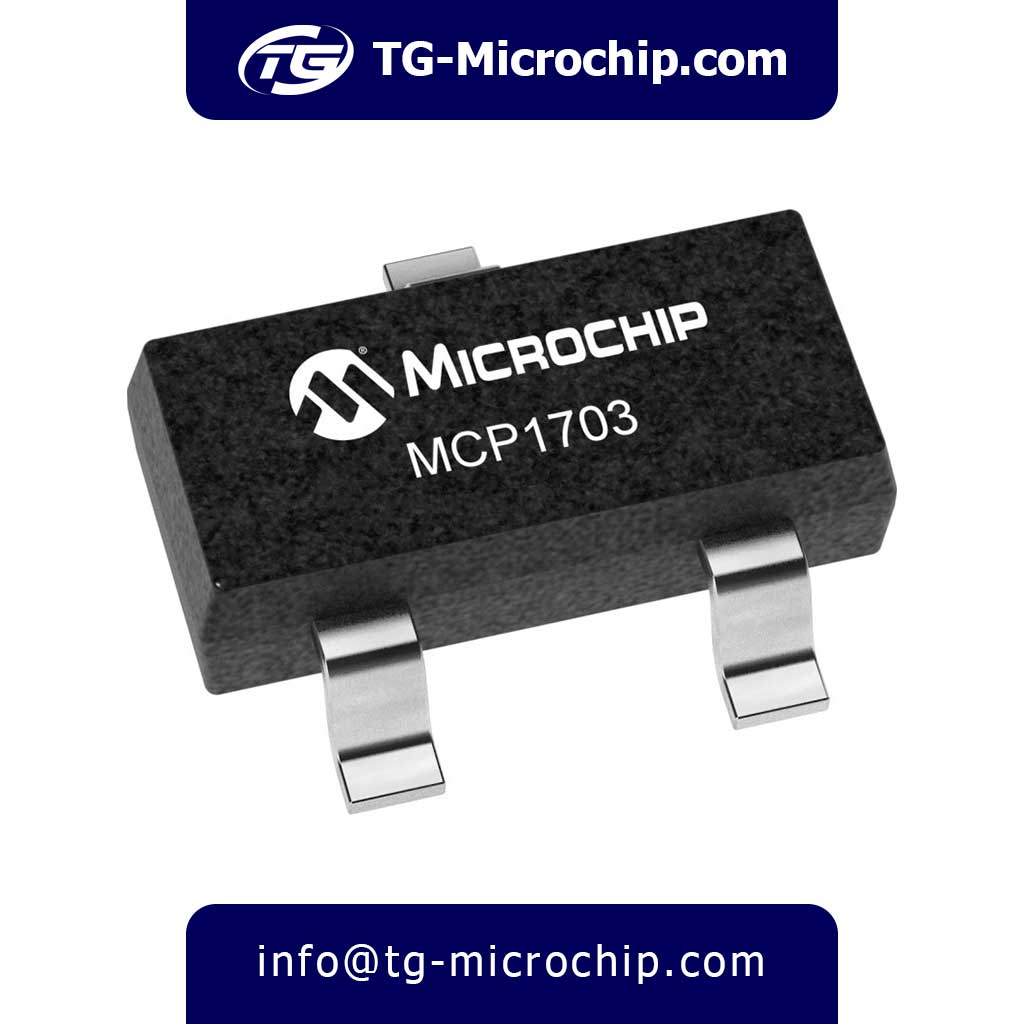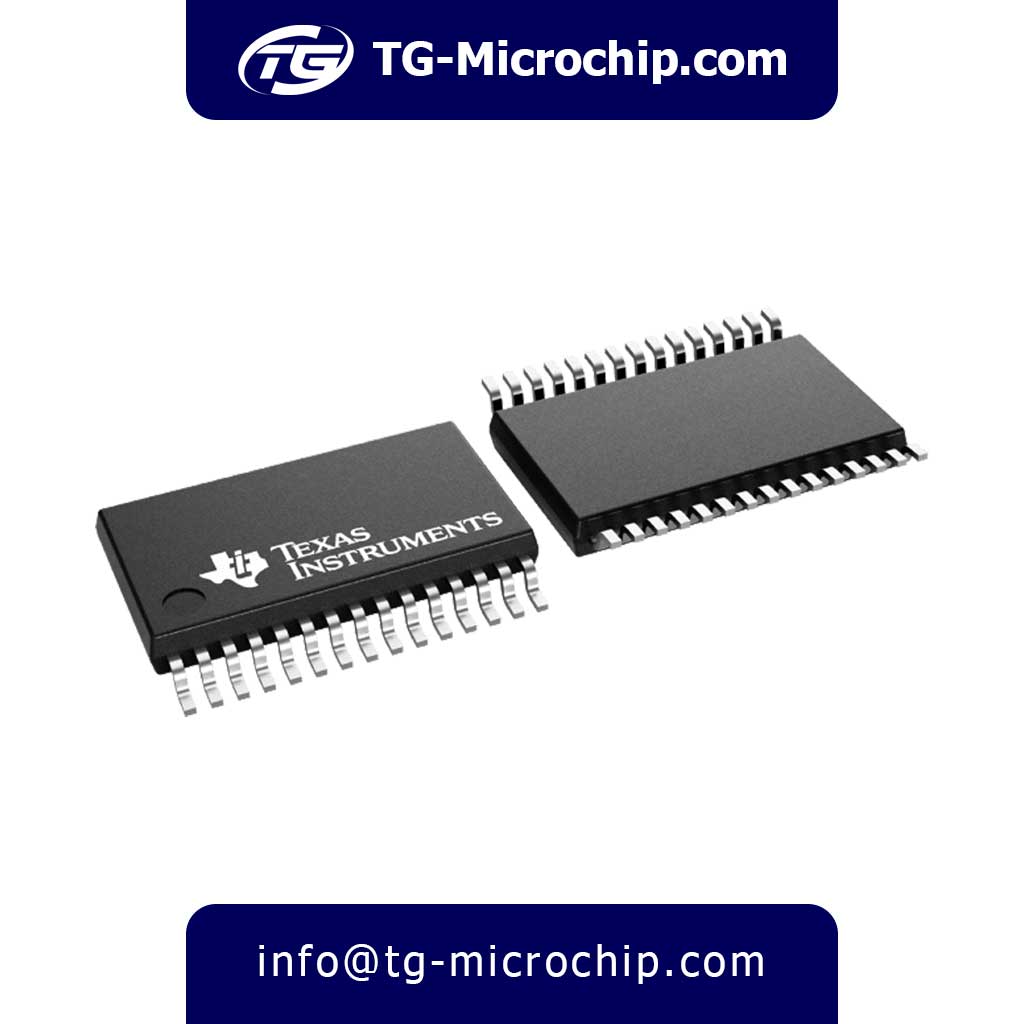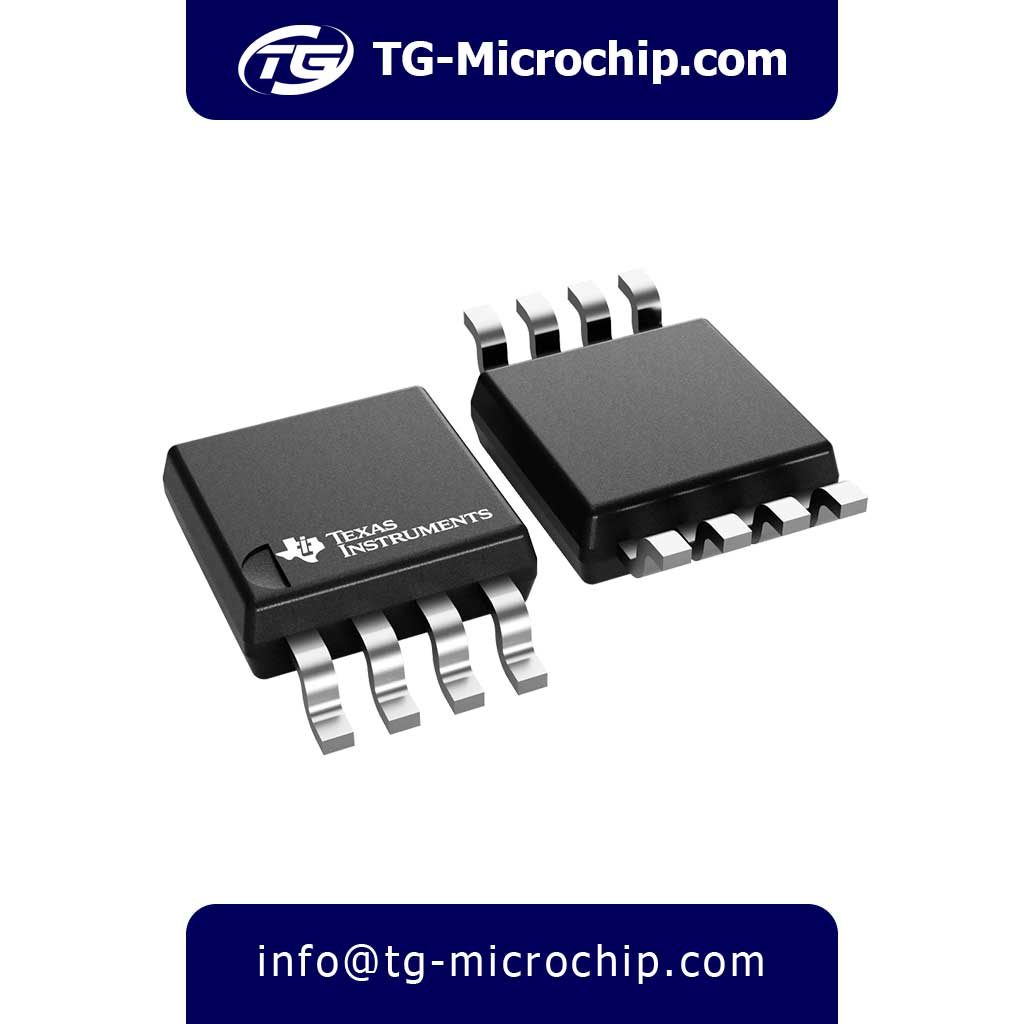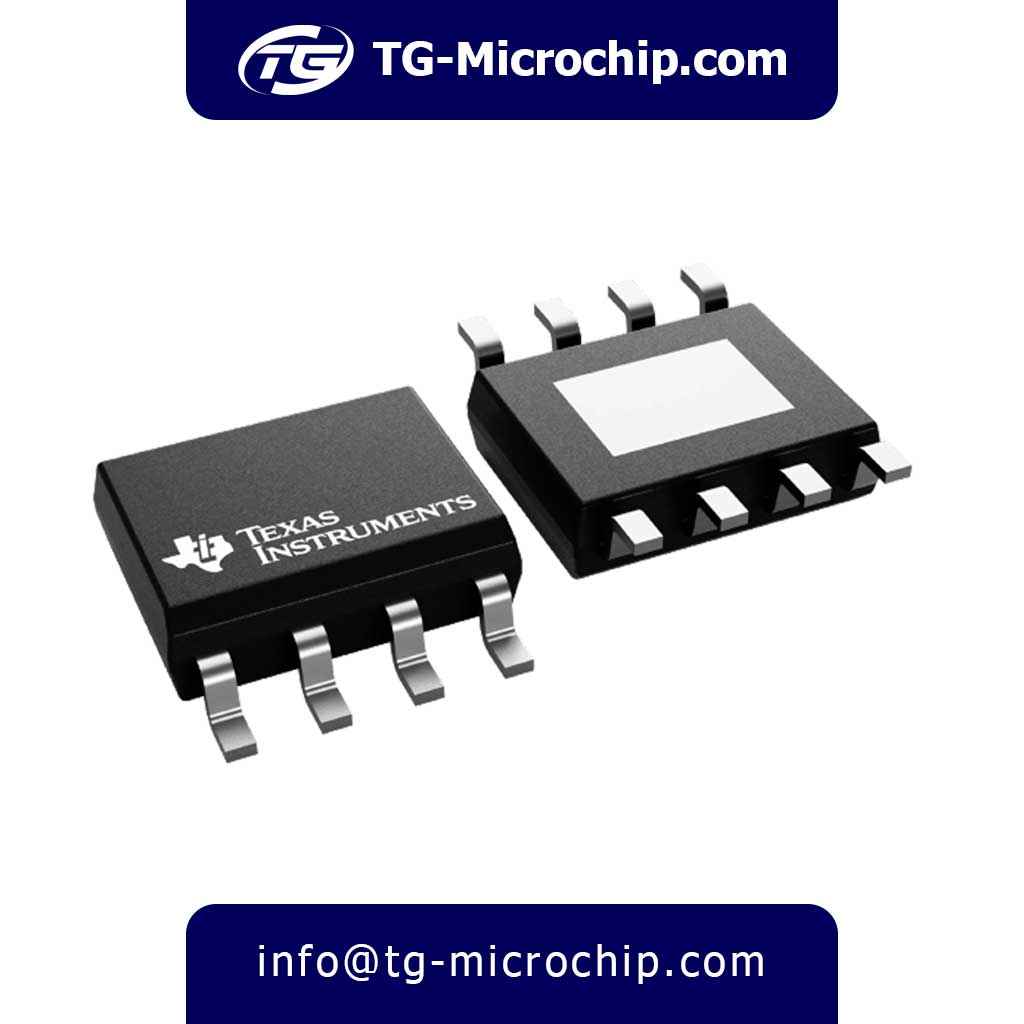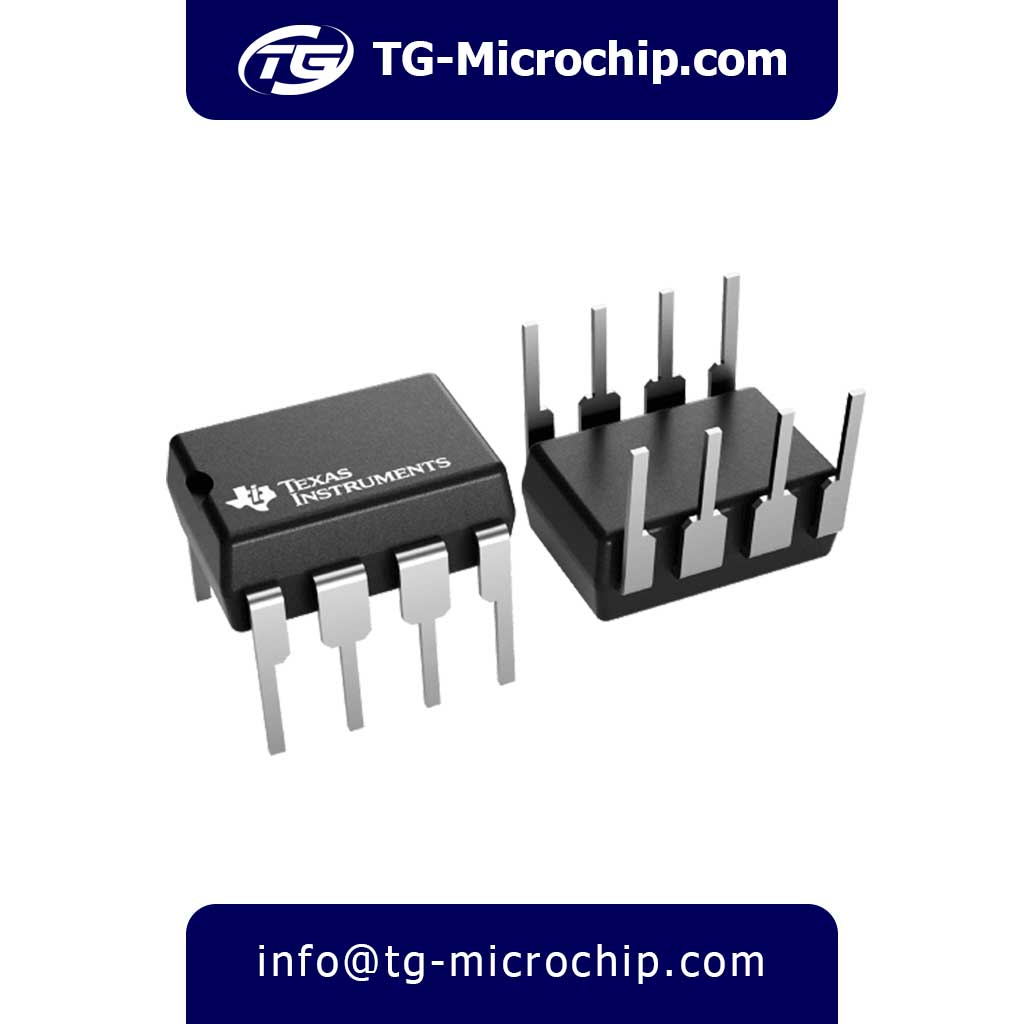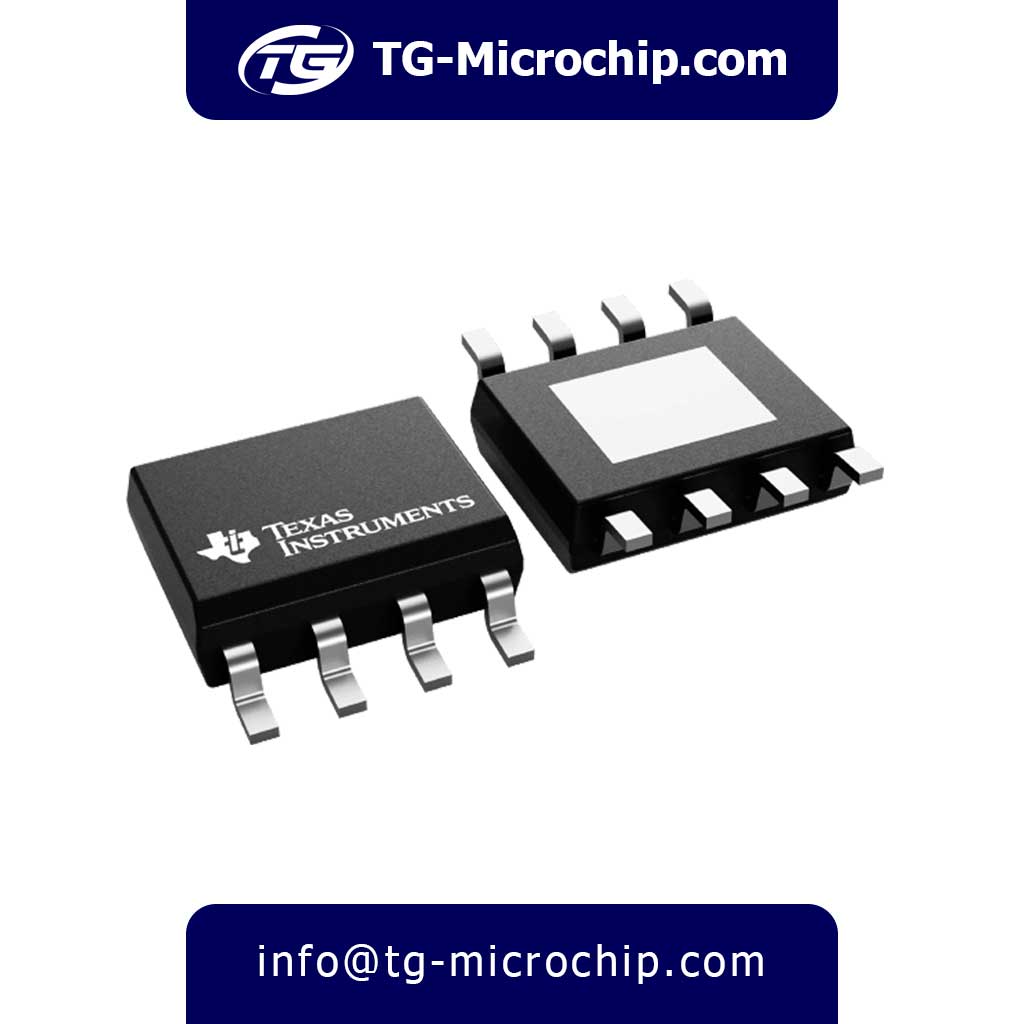For order or price inquiry of LM2931-5 Texas Instruments / Onsemi Please click on Buy Order button and fill the RFQ form we will check out inventory and offer you our best price.
Quick Access
About
The LM2931-5.0 is a low-dropout (LDO) voltage regulator designed for rugged and noise-sensitive applications, delivering a fixed 5V output with up to 100 mA of current. Packaged in the TO-92 through-hole form factor, it is well-suited for prototyping, automotive systems, and battery-powered devices. Unlike traditional linear regulators (e.g., LM7805), it features a low dropout voltage (0.3V at 100 mA), making it ideal for scenarios where input voltage is close to the output. Additionally, it offers robust protection against reverse polarity, load dumps, and thermal overload, ensuring reliability in harsh environments.
A key strength of the LM2931-5.0 is its exceptional power supply ripple rejection (80 dB at 120 Hz), which makes it highly effective in automotive and industrial systems where electrical noise is prevalent. With an ultra-low quiescent current (0.4 mA typical), it minimizes power waste in standby modes, extending battery life in portable and IoT applications. The regulator operates over a wide input voltage range (4V to 26V), with transient survival up to 60V, making it compatible with 12V/24V automotive and unregulated power supplies. Its 500 µVrms output noise also makes it suitable for analog and RF circuits where clean power is critical.
The LM2931-5.0 is particularly valuable in automotive electronics, where it powers ECUs, infotainment systems, and sensors while surviving voltage spikes and reverse battery conditions. In industrial applications, it provides stable 5V power for PLCs, motor control circuits, and factory automation equipment. For battery-operated devices, such as wireless sensors, medical instruments, and handheld gadgets, its low dropout and quiescent current enhance efficiency. Additionally, its TO-92 package makes it a favorite among hobbyists for breadboarding and repairing legacy electronics that require a compact, through-hole regulator.
Despite its advantages, the LM2931-5.0 has some limitations. It requires a minimum 100 µF output capacitor (preferably non-ceramic) to ensure stability, which may increase board space in compact designs. Its 100 mA current limit restricts use in high-power applications, necessitating alternative solutions (e.g., switching regulators) for loads exceeding this threshold. Additionally, the TO-92 pinout can vary between manufacturers, requiring careful verification to avoid reverse connections. For designs needing adjustable voltage or higher current, other variants (e.g., LM2931AC or LM2940) may be more suitable.
In summary, the LM2931-5.0 (TO-92) is a versatile, rugged, and efficient LDO regulator, particularly well-suited for automotive, industrial, and low-power battery applications. Its high noise immunity, low dropout, and robust protection features make it a reliable choice for demanding environments, while its simple TO-92 package ensures ease of use in prototyping and repairs. Engineers and hobbyists alike benefit from its balance of performance, durability, and cost-effectiveness, making it a go-to solution for 5V regulation in challenging conditions. For new designs, however, checking its NRND (Not Recommended for New Designs) status with Texas Instruments is advisable, as modern alternatives may offer improved efficiency or smaller footprints.
Key Features
- Fixed 5V Output Voltage – Precision-regulated 5.0V DC output (±3.8% tolerance for “A” grade).
- Low Dropout Voltage – 0.3V typical at 100 mA load (0.05V at 10 mA).
- Wide Input Voltage Range – Operates from 4V to 26V (survives 60V transient spikes).
- 100 mA Maximum Output Current – Suitable for low-to-medium power applications.
- Ultra-Low Quiescent Current – 0.4 mA typical (minimizes standby power loss).
- High PSRR (80 dB at 120 Hz) – Excellent noise rejection for clean power delivery.
- Low Output Noise (500 µVrms) – Stable for sensitive analog/RF circuits.
- Robust Protection Features
- Reverse battery protection (survives -50V reverse polarity).
- Thermal shutdown (over-temperature protection).
- Short-circuit and overload protection.
- TO-92 Package (3-Pin Through-Hole) – Easy to use in prototyping and breadboarding.
- Wide Operating Temperature Range – -40°C to +85°C (industrial/automotive grade).
- Stability Requirement – Requires ≥100 µF output capacitor (non-ceramic recommended).
Applications
1. Automotive Electronics
- Engine Control Units (ECUs): Provides stable 5V to microcontrollers and sensors, surviving 60V load dumps and -50V reverse transients.
- Infotainment Systems: Low-noise 5V supply for audio amplifiers and display modules, with 80 dB PSRR to suppress alternator ripple.
- Lighting Systems: Powers LED drivers and dashboard backlighting, leveraging its wide 4V–26V input range for 12V/24V systems.
- OBD-II Ports: Backup power for diagnostic interfaces during engine cranking (low dropout: 0.3V @ 100mA).
2. Battery-Powered & Portable Devices
- IoT Sensors: Extends battery life with 0.4 mA quiescent current and 0.05V dropout at 10 mA (e.g., wireless humidity/temperature sensors).
- Handheld Medical Devices: Glucose meters or pulse oximeters benefit from its low noise (500 µVrms).
- Wireless Modules: Reliable 5V for LoRa, Zigbee, or BLE transceivers in remote monitoring systems.
- Backup Power for Memory: Maintains CMOS RAM/RTC during primary power loss (critical for data loggers).
3. Industrial & Control Systems
- PLC I/O Modules: Local 5V regulation for analog/digital interfaces, with thermal shutdown for overload protection.
- Motor Driver Circuits: Supplies control ICs in stepper/servo systems, tolerating industrial voltage spikes.
- Factory Automation: Powers optical sensors and encoders, immune to EMI from heavy machinery.
4. Consumer Electronics
- Smart Home Devices: Thermostats and security cameras, where 100 mA current suffices for low-power MCUs.
- USB Peripheral Hubs: Backup 5V rail for keyboards/mice during host power fluctuations.
5. Legacy & Prototyping
- Retrofit Designs: Replaces obsolete TO-92 regulators (e.g., LM7805) in vintage audio gear or test equipment.
- Breadboarding: TO-92 package simplifies prototyping for hobbyists (note: verify pinout to avoid reverse connections).
Advantages
- Superior Power Efficiency in Battery-Powered Systems
The LM2931-5.0’s exceptionally low dropout voltage (just 0.3V at 100mA) enables it to maintain stable 5V output even as battery voltage decays, significantly extending operational life in portable devices. Its ultra-low quiescent current (0.4mA typical) further minimizes power waste during standby modes, making it ideal for energy-conscious applications like wireless sensors and IoT devices where every milliamp matters. - Unmatched Reliability in Harsh Electrical Environments
This regulator excels in automotive and industrial settings where electrical noise and voltage transients are common. Its ability to withstand 60V load dumps and -50V reverse polarity events provides robust protection that far exceeds ordinary linear regulators. The built-in thermal shutdown feature adds an extra layer of security, automatically disabling output before heat damage can occur. - Exceptional Signal Integrity for Sensitive Electronics
With 80dB power supply rejection ratio (PSRR) at 120Hz and minimal output noise (500µVrms), the LM2931-5.0 delivers exceptionally clean power. This makes it particularly valuable for precision analog circuits, audio equipment, and RF systems where even minor power fluctuations could degrade performance or introduce unwanted artifacts. - Simplified Design and Reduced Component Count
Unlike many modern LDOs that require specific ESR capacitors or complex compensation networks, the LM2931-5.0 maintains stability with just a single ≥100µF output capacitor. This straightforward implementation reduces design complexity, saves board space, and lowers overall system cost – especially beneficial for cost-sensitive or space-constrained applications. - Proven Long-Term Stability for Legacy Systems
The TO-92 package and robust design make this regulator an excellent choice for maintaining and repairing older equipment. Its electrical characteristics closely match those of obsolete 5V regulators (like the 78L05), while offering superior performance, making it a reliable drop-in replacement that breathes new life into aging electronics without requiring circuit modifications. - Versatile Across Wide Operating Conditions
The device’s broad -40°C to +85°C temperature range and wide input voltage capability (4V-26V continuous, 60V transient) allow deployment in virtually any environment – from freezing industrial sites to scorching automotive engine compartments. This versatility reduces the need for multiple regulator variants in a product line, simplifying inventory management. - Cost-Effective Solution for Medium-Power Needs
At approximately 0.20−0.23 per unit in volume, the LM2931-5.0 delivers premium LDO performance at near-commodity pricing. This exceptional value proposition makes it attractive for budget-conscious projects that can’t afford to compromise on power quality or reliability.
Specifications
| Parameter | Specification | Notes |
|---|---|---|
| Manufacturer | Texas Instruments / ON Semiconductor | Now part of ON Semi |
| Product Category | Linear Voltage Regulators (LDO) | Low-dropout regulator |
| Product Type | Fixed-Output LDO Regulator | Positive voltage regulator |
| Series | LM2931 | Automotive-grade series |
| Packaging | TO-92 (Through-Hole, 3-Pin) | Bulk packaging (tubes or loose) |
| Package / Case | TO-226-3 (TO-92-3) | Standard plastic package |
| Output Voltage (Fixed) | 5.0 V (±3.8% tolerance for ‘A’ grade) | 4.81 V to 5.19 V range |
| Output Current (Max) | 100 mA | |
| Dropout Voltage (Typ) | 0.3 V @ 100 mA, 0.05 V @ 10 mA | Low dropout for battery applications |
| Input Voltage Range | 4 V to 26 V (operational), up to 60 V transient protection | Handles automotive load dumps |
| Quiescent Current (Iq) | 0.4 mA (typ) @ 10 mA load | Low power consumption |
| PSRR (Ripple Rejection) | 80 dB @ 120 Hz | Excellent noise filtering |
| Output Noise | 500 µVrms (10 Hz – 100 kHz) | Low-noise design |
| Thermal Resistance (θJA) | 195°C/W (TO-92) | Heat dissipation rating |
| Operating Temp. Range | -40°C to +85°C | Industrial/automotive grade |
| Protection Features | Reverse battery, load dump (60 V), -50 V reverse transient, thermal shutdown | Robust protection |
| Output Capacitor | ≥100 µF (non-ceramic recommended) | Ensures stability |
| Pinout (TO-92) | Pin 1: Output, Pin 2: GND, Pin 3: Input | Verify before soldering |
| Lifecycle Status | Active (ON Semi), NRND (TI) | TI lists as “Not Recommended for New Designs” |
Comparison with Similar Components
1. LM2931-5.0 vs. 78L05 (TO-92/SOT-89)
| Parameter | LM2931-5.0 | 78L05 | Key Differences |
|---|---|---|---|
| Dropout Voltage | 0.3V @ 100 mA | 1.7V @ 40 mA | LM2931 operates efficiently at lower input voltages. |
| Input Voltage Range | 4V–26V (60V transient) | 7V–35V | 78L05 requires higher minimum input voltage. |
| Protections | Reverse battery (-50V), load dump (60V), thermal shutdown | Thermal shutdown, short-circuit only | LM2931 offers superior automotive-grade protection. |
| PSRR | 80 dB @ 120 Hz | 49 dB @ 120 Hz 8 | LM2931 better suppresses power supply noise. |
| Quiescent Current | 0.4 mA | ~1 mA (typ) | LM2931 is more efficient for battery applications. |
| Output Noise | 500 µVrms | Higher (unspecified) | LM2931 preferred for analog/RF circuits. |
Best For:
- LM2931: Automotive, battery-powered systems needing robustness and low dropout.
- 78L05: Basic 5V regulation in non-critical, low-cost designs.
2. LM2931-5.0 vs. LM2940-5.0 (TO-220)
| Parameter | LM2931-5.0 | LM2940-5.0 | Key Differences |
|---|---|---|---|
| Output Current | 100 mA | 1 A | LM2940 suits high-power loads. |
| Dropout Voltage | 0.3V @ 100 mA | 0.5V @ 1 A | LM2931 has lower dropout at comparable currents. |
| Protections | Reverse polarity, load dump | Thermal shutdown, current limit | LM2931 handles automotive transients. |
| Package | TO-92 (compact) | TO-220 (requires heatsink) | LM2931 fits space-constrained designs. |
| Quiescent Current | 0.4 mA | ~10 mA (typ) | LM2931 better for battery savings. |
Best For:
- LM2931: Low-power, portable, or harsh environments.
- LM2940: High-current applications (e.g., motor drivers).
3. LM2931-5.0 vs. LP2950-5.0 (TO-92/SOIC-8)
| Parameter | LM2931-5.0 | LP2950-5.0 | Key Differences |
|---|---|---|---|
| Output Accuracy | ±3.8% (A grade) | ±0.5% (typ) | LP2950 is precision-focused. |
| Dropout Voltage | 0.3V @ 100 mA | 0.38V @ 100 mA | Comparable dropout performance. |
| Protections | Automotive-grade | Thermal shutdown only | LM2931 superior for harsh conditions. |
| PSRR | 80 dB | 75 dB (typ) | LM2931 slightly better noise rejection. |
| Quiescent Current | 0.4 mA | 0.075 mA (typ) | LP2950 excels in ultra-low-power modes. |
Best For:
- LM2931: Automotive/industrial systems needing ruggedness.
- LP2950: Precision instrumentation or ultra-low-power devices.
4. LM2931-5.0 vs. KIA78L05 (TO-92)
| Parameter | LM2931-5.0 | KIA78L05 | Key Differences |
|---|---|---|---|
| Output Current | 100 mA | 150 mA | KIA78L05 offers higher current but with tradeoffs. |
| Dropout Voltage | 0.3V @ 100 mA | ~1.5V @ 100 mA | LM2931 significantly more efficient. |
| Input Voltage | Up to 26V (60V transient) | Up to 35V (no transient protection) | KIA78L05 lacks automotive protections. |
| Thermal Performance | Lower dissipation due to LDO design | Higher dissipation at 150 mA | LM2931 runs cooler under load. |
Best For:
- LM2931: Efficiency-critical or transient-prone designs.
- KIA78L05: Simple circuits needing slightly higher current.
5. LM2931-5.0 vs. L4931-5.0 (TO-92/SO-8)
| Parameter | LM2931-5.0 | L4931-5.0 | Key Differences |
|---|---|---|---|
| Dropout Voltage | 0.3V @ 100 mA | 0.4V @ 100 mA | LM2931 marginally better. |
| Protections | Full automotive suite | Reverse polarity, thermal shutdown | LM2931 covers more fault scenarios. |
| Quiescent Current | 0.4 mA | 0.5 mA (typ) | Comparable efficiency. |
| PSRR | 80 dB | 60 dB (typ) | LM2931 better for noisy environments. |
Best For:
- LM2931: Systems requiring highest PSRR and transient protection.
- L4931: General-purpose 5V regulation with basic safeguards.
Summary of Key Tradeoffs
- Robustness: LM2931 leads in automotive protections (reverse battery, load dump).
- Efficiency: Best dropout and quiescent current in its class.
- Noise Sensitivity: Superior PSRR and output noise performance.
- Current Handling: Outperformed by LM2940 (1A) but beats 78L05/KIA78L05 in efficiency.
For worst-case transient environments, the LM2931 is unmatched. For higher current or ultra-low-power precision, alternatives like LM2940 or LP2950 may be preferable.
Frequently Asked Questions (FAQs)
General Specifications
- What is the output voltage of the LM2931-5.0?
Fixed 5.0V (±3.8% tolerance for “A” grade). - What is the maximum output current?
100 mA. - What is the dropout voltage at 100 mA load?
0.3V typical. - What is the input voltage range?
4V–26V (operational), survives 60V transients. - Does it have reverse polarity protection?
Yes, survives -50V reverse voltage. - What is the quiescent current?
0.4 mA typical at 10 mA load. - What is the PSRR (noise rejection)?
80 dB at 120 Hz. - What is the operating temperature range?
-40°C to +85°C (industrial/automotive grade). - Is it AEC-Q100 qualified?
Only in DPAK package, not TO-92. - What packages are available?
TO-92, SO-8, DPAK, D2PAK.
Design & Implementation
- What capacitor is needed for stability?
≥100 µF output capacitor (non-ceramic recommended). - Can I use ceramic capacitors?
Not recommended; may cause oscillations. - What is the pinout for TO-92?
(Front view, pins down): Pin 1: Output, Pin 2: GND, Pin 3: Input. - Why is my output voltage incorrect?
Common causes:- Wrong pinout (verify with multimeter).
- Insufficient output capacitance (<100 µF) [citation:12].
- Does it need a heatsink?
No for TO-92 (up to 100 mA); TO-220/D2PAK may require one. - Can it handle 12V input?
Yes, but ensure output capacitor ≥100 µF for stability. - Why does output voltage rise under load?
Likely due to insufficient output capacitance or oscillations [citation:12]. - Is an input capacitor required?
Recommended (e.g., 100 nF) to filter input noise. - Can I parallel multiple LM2931s for higher current?
Not advised; use a higher-current regulator (e.g., LM2940). - How to improve ripple rejection?
Use larger output capacitors (e.g., 220 µF) [citation:12].
Protection & Faults
- What happens during a reverse battery connection?
Regulator shuts down, survives -50V transient. - How does load dump protection work?
Automatically shuts down if input exceeds 26V (e.g., 60V transient). - Does it have thermal shutdown?
Yes, disables output if overheated. - Why does my regulator get hot?
High input-output differential or >100 mA load. - Can it survive short circuits?
Yes, internal current limiting protects the device. - What if I connect it backwards?
Protected for short periods, but correct pinout is critical [citation:12]. - Why does output drop under load?
Check for:- Input voltage below dropout (Vin < Vout + 0.3V).
- Excessive load (>100 mA).
- Is it safe for 24V automotive systems?
Yes, handles 26V continuous and 60V transients. - Can it drive inductive loads?
Yes, but add a flyback diode for protection. - Why does it oscillate?
Insufficient output capacitance or high-ESR capacitors.
Applications
- Is it suitable for automotive ECUs?
Yes, designed for harsh environments. - Can it power an Arduino?
Yes, for low-power boards (e.g., Nano). - Is it good for battery-powered devices?
Yes, low dropout and quiescent current extend battery life. - Can it replace an LM7805?
Yes, with better efficiency but lower current. - Is it suitable for RF circuits?
Yes, low noise (500 µVrms) and high PSRR. - Can it power LEDs?
Yes, but limit current to <100 mA. - Is it used in industrial PLCs?
Yes, for local 5V regulation. - Can it handle USB peripherals?
Yes, for low-power devices (e.g., keyboards). - Is it good for retro electronics repair?
Yes, replaces obsolete 5V regulators. - Can it power a Raspberry Pi?
No, insufficient current (Pi needs ~700 mA).
Purchasing & Alternatives
- Is it still in production?
Yes (ON Semi), but TI lists it as NRND. - Where can I buy it?
Distributors like TG-Microchip. - What are alternatives for higher current?
LM2940 (1A), LM2936 (150 mA). - Is there an adjustable version?
Yes (LM2931AC, 2.7V–29.5V adjustable).
Datasheet
LM2931-5 Texas Instruments datasheet
Contact us for More Information
Contact us for more information and stock inventory inquiry of LM2931-5 Texas Instruments / Onsemi.
China Email : info@tg-microchip.com
Hong Kong Email : hk@tg-microchip.com
Russia Email : russia@tg-microchip.com


